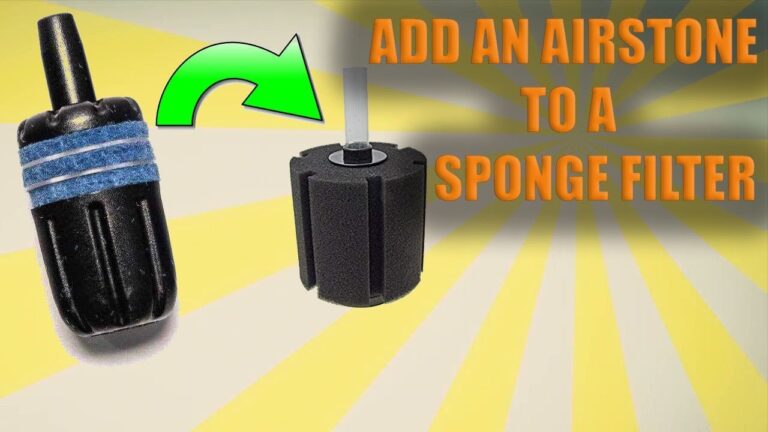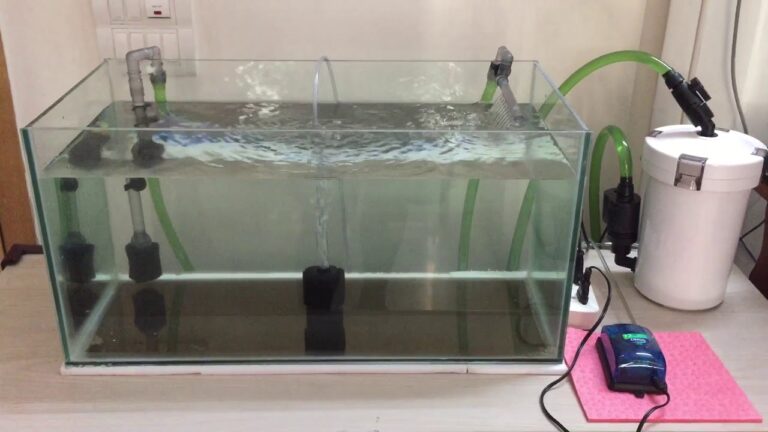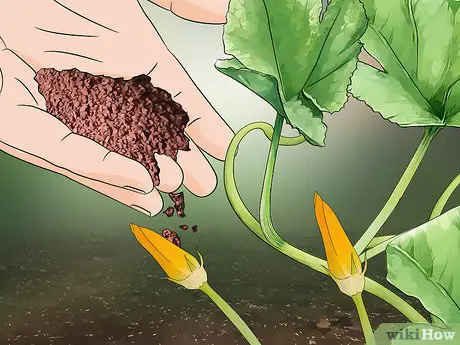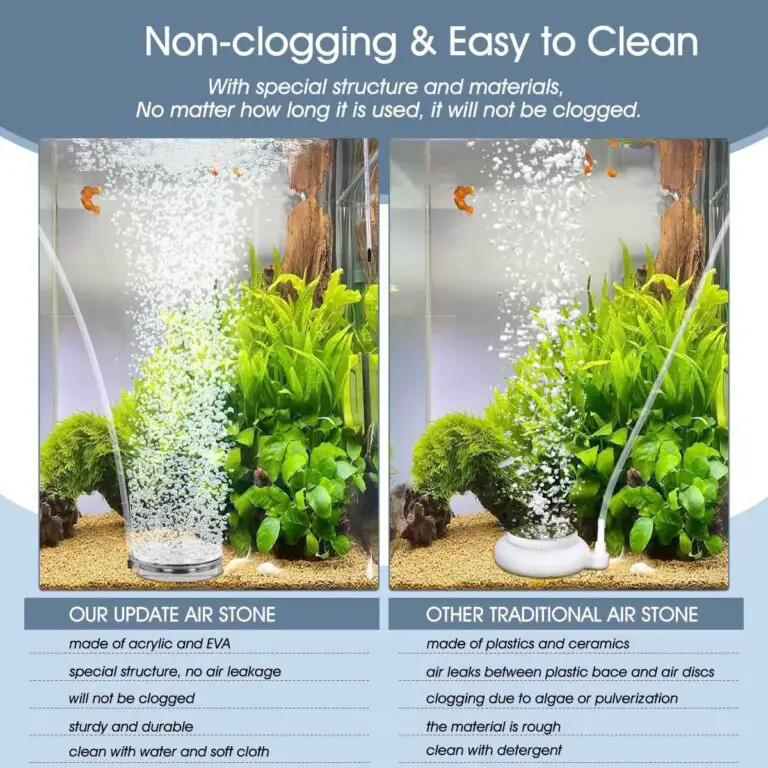Tips to Get Best Position for Internal Aquarium Filter
The best position for an internal aquarium filter is usually near the back of the tank. This will allow water to be pulled from all over the tank and filtered before being returned. The return should be located near the top of the aquarium, so that it can circulate oxygenated, fresh water throughout.
Additionally, if possible, try to place your filter inlet towards a high flow area such as directly beneath a powerhead or wavemaker outlet. Doing this will ensure maximum circulation and filtration within your aquarium’s system.
An internal aquarium filter is an essential piece of equipment for any fish tank, as it helps to keep the water clean and healthy. When choosing a filter for your tank, you should consider the best position for optimal filtration. The best spot to install your internal filter is at one end of the tank so that it can draw in water from all directions and create better circulation throughout the entire tank.
This will help ensure that all areas of the aquarium are properly cleaned and oxygenated.
Aquarium Filter Inlet And Outlet Placement
The placement of your aquarium filter’s inlet and outlet is important for efficient filtration. The inlet should be placed towards the rear or side of the tank, near the substrate and out of direct line with any fish swimming areas. This will allow water to move evenly throughout the tank before it enters into the filter chamber.
The outlet should be placed at an elevated level from the inlet, which allows for oxygenation as well as providing a current within your aquarium that helps distribute food and wastes away from sensitive areas like live plants.
Aquarium Internal Filter How to Use
Using an aquarium internal filter is a great way to keep your fish tank clean and healthy. To use the filter, simply attach it to the side of the tank or hang it from inside. Once attached, fill up the filter with water until it reaches its maximum capacity.
Then, plug in the power cord and turn on the switch for filtration to begin. Make sure to check and replace any filter media as recommended by the manufacturer for optimal performance. With regular maintenance and care, you can ensure your aquarium is always safe for your fish friends!
Water Level for Hang on Filter
Hang on filters are an effective way to keep your aquarium water clean, but it’s important to ensure the water level remains consistent. The optimal water level for a hang on filter is just above the top of the outside edge of the filter itself, and should remain at a minimum of two inches above that level. Keeping the right amount of water in your tank ensures that your hang on filter will have enough pressure to perform its job effectively and efficiently.
Setting Up New Aquarium Filter
Setting up a new aquarium filter is an essential part of setting up a healthy and thriving fish tank. It is important to choose the right size and type of filter for your specific aquarium, as well as properly maintain it in order to keep the water clean and free from damaging toxins. Filter media should be changed regularly, pumps need to be cleaned often, and water flow must be monitored closely.
Properly set-up aquarium filters are key to providing optimal conditions for your fish’s health – making them happy and stress-free!
Best Position for Hang on Back Filter
Hang on back (HOB) filters are a great choice for any aquarium. They hang off the back of the tank, usually near the top and they provide mechanical filtration, chemical filtration, and biological filtration. For best performance, it is important to place your HOB filter in an area that will allow water to flow freely into it and out of it – ideally at least 4-6 inches below the surface of the water.
This ensures that all areas of your tank get filtered properly.
How to Put Filter Cartridge in Fish Tank
Putting a filter cartridge in your fish tank is an important part of keeping the water clean and healthy for its inhabitants. To do this, you should first make sure that all the parts of your filter are correctly assembled. Once ready to install, carefully place the filter cartridge into the space provided in your aquarium filter.
Be sure to close off any openings with a lid or plug after it has been secured. Finally, run some water over the cartridge before turning on the pump so it can start filtering out debris from your tank’s water!
How to Put a Fish Tank Filter Together
Putting together a fish tank filter can be quite simple, as long as you have all the components. Start by attaching the intake tube to the aquarium and connecting it to the pump using tubing. Next, place your prefilter onto the pump and secure it with clamps or screws.
Attach one end of your filter media bag to the outlet of your filter, then fill it up with activated carbon or other filtration material such as ceramic noodles or bio-balls. Finally, connect an air stone to an air pump and attach it to one side of your filter chamber for aeration. After that’s done, you’ll be ready to start adding water!

Credit: www.pinterest.ca
How Far down Should the Filter Be in Fish Tank?
When it comes to choosing the ideal filter for your fish tank, one of the most important factors is deciding how far down it should be placed. The depth of your filter will depend on a few different things, such as the size and type of your aquarium, the type and size of fish you have, and what kind of filtration system you are using. Generally speaking, filters should typically be placed at least two inches below the water line in order to ensure proper circulation and oxygenation throughout your tank.
For larger tanks or those with more aggressive fish species, you may want to consider placing them even lower so that they are able to effectively clean all areas within the tank. Additionally, some types of filters (such as those used in saltwater tanks) require deeper placement due to their unique design requirements. It’s also important to note that if you’re using an external filter system (such as a canister or hang-on-back), then its intake tube needs to be submerged deep enough into the tank so that there isn’t any air mixing with water which could cause damage over time.
Taking these considerations into account when selecting a filter for your aquarium will help ensure that you get optimal performance from it while keeping everyone healthy!
Which Way Should a Aquarium Filter Face?
When setting up an aquarium filter, it is important to know which way the filter should face. Proper positioning of your filter can help ensure that your tank stays clean and healthy for its inhabitants. The correct orientation of a filter will depend on the type you have, but generally speaking, most filters should be facing towards the back wall of the tank.
This allows water to enter from one side and exit on the other side in order for filtration to occur properly. Be sure to check the manufacturer’s instructions for specific directions as some models may need to be oriented differently depending on their design and function. Additionally, if you are using a hang-on or internal power filter, make sure that it is placed above or below any decorations or rocks so as not to block off any necessary flow paths into and out of your aquarium.
With these tips in mind, you should have no problem orienting your aquarium filter correctly!
Should an Internal Filter Be Submerged?
When it comes to whether or not an internal filter should be submerged, the answer depends on the type of filter being used. Submersible filters are designed specifically for use in aquariums and other water features. These types of filters can be completely submerged in water without any risk of damage due to their waterproof design.
However, hang-on-back (HOB) filters are not meant to be fully submerged as they contain electrical parts which could short circuit if exposed to too much water. Therefore, HOB filters should not be placed into a body of water that is deeper than several inches as this could cause harm to both the filter and your fish tank inhabitants. Additionally, air pumps used in conjunction with internal filtration systems should never come into contact with any liquid at all as this could also cause irreparable damage and put your fish at risk.
Ultimately, when deciding whether or not you should submerge an internal filter always consult the product’s manual first so that you can ensure its safe operation within your aquarium environment.
Which Direction Should My Fish Tank Filter Outlet Be Pointing?
The direction of your fish tank filter outlet should be directed in a way that creates the most natural water flow. This means directing it away from any plants or decorations and towards the opposite side wall of the aquarium to create a gentle current along with surface agitation. To make sure there is good circulation, you can angle the output slightly downward so that it disperses over a wider area.
If necessary, you can also use an extension tube to direct this output further away from delicate décor pieces. It’s important to remember not to point the outlet directly at any living creatures as this could cause them harm or stress due to strong currents and turbulent water movement.
This Isn’t Talked About Enough, Filter Placement
Conclusion
Overall, the best position for an internal aquarium filter is one that allows for even water flow and circulation throughout the tank. Placing it near a powerhead or air pump can help improve filtration and increase oxygen levels in the tank. Additionally, making sure there are no obstacles blocking either end of the filter will ensure maximum efficiency.
With careful consideration and placement of your internal aquarium filter, you can create a healthy environment for your fish to thrive.






